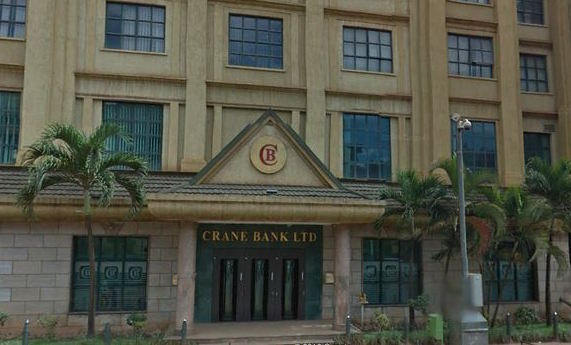Failed bank in Uganda spent millions of dollars on non-existing tech
Crane Bank, a failed bank in Uganda, spent millions of dollars on IT services and software that was never supplied, according to a report by PricewaterhouseCoopers (PwC) into the bank’s mismanagement.
In a number of cases, large sums of money paid by the bank’s bosses for non-existent technology were withdrawn the same day, the report has found.
The fraudulent activities eventually led to the bank’s collapse in 2016. At the time, it was the fourth largest player in the country.
Uganda’s central bank had to take over management control of Crane Bank. In early 2017 Crane Bank’s assets and liabilities were transferred to another domestic player, DFCU.
Bank of Uganda has now taken Crane Bank’s owner, Sudhir Ruparelia, and his Meera Investments company to court, claiming UGX 400 billion ($110 million) had been siphoned off through Crane Bank by Ruparelia and his associates.
Crane Bank had been using the Bankmaster core banking software supplied by Finastra (known as Misys as the time) since the mid-2000s. In 2013, it embarked on a project to replace it with Temenos’ T24 core banking system.
According to the PwC report, in the period from 2003 to 2015, the bank spent UGX 25.6 billion ($7 million) on its core banking solutions. But although the solutions were supplied by Temenos and Misys, most of this money – UGX 20.6 billion ($5.7 million) – was paid to another company, Technology Associates (TA).
TA collected the money – in some cases it was done via cash withdrawals – but did not deliver any of the products or services. The investigators also found links between TA and Ruparelia.












































